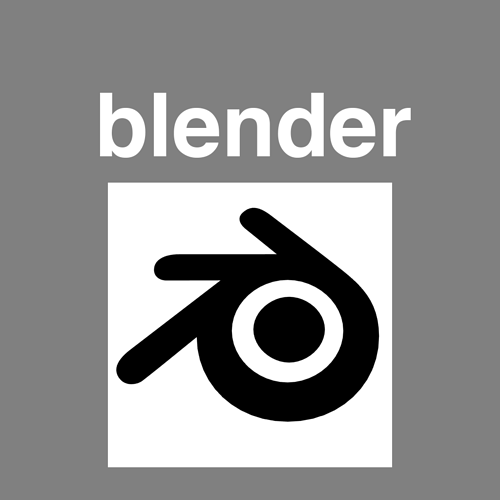Hi
I feel a little presumptuous posting a thread offering any kind of help when I’m so new at this! Hope its okay?
I’ve been experimenting with bump maps, and watched a number of tutorials, but I couldn’t see if I was doing it right. I decided that what would work for me was removing any trace of a ‘proper’ texture and just seeing if I could make a bump map effect a change on my project. What I did was to create in photoshop an image with a plain green colour fill and export that as a .png. I put that on a simple plane as an image texture, and rendered it to check it was just a flat colour.
Then I created a fill layer with 50% grey over that (as I believe with a bump map neutral grey is defined as ‘flat’), over which I put a black and white copy of the blender logo and the word blender. Hope this was okay with the foundation for this purpose as I know it’s copyright, then exported that as a png and used it as the bump map image. My reasoning being that anything I could see on the surface of the plane was going to be a result of the bump map.
Worked a treat, and I could see what effect changing the settings was having on the final result easily.
I’ve attached both the image files and the .blend file to this post - while I know for texturing old hands this is obvious, but it might help any newbies like me 
Attachments
blenderBump.blend (546 KB)

